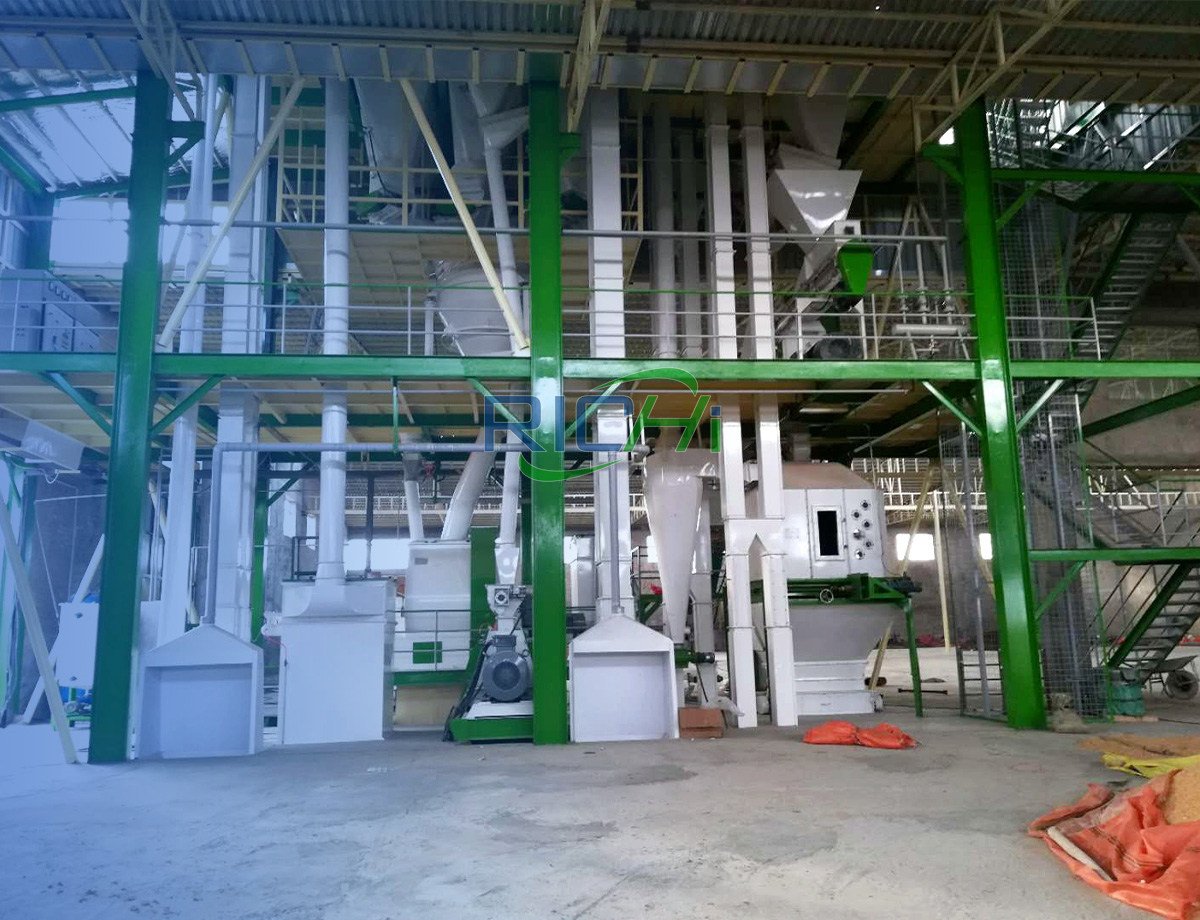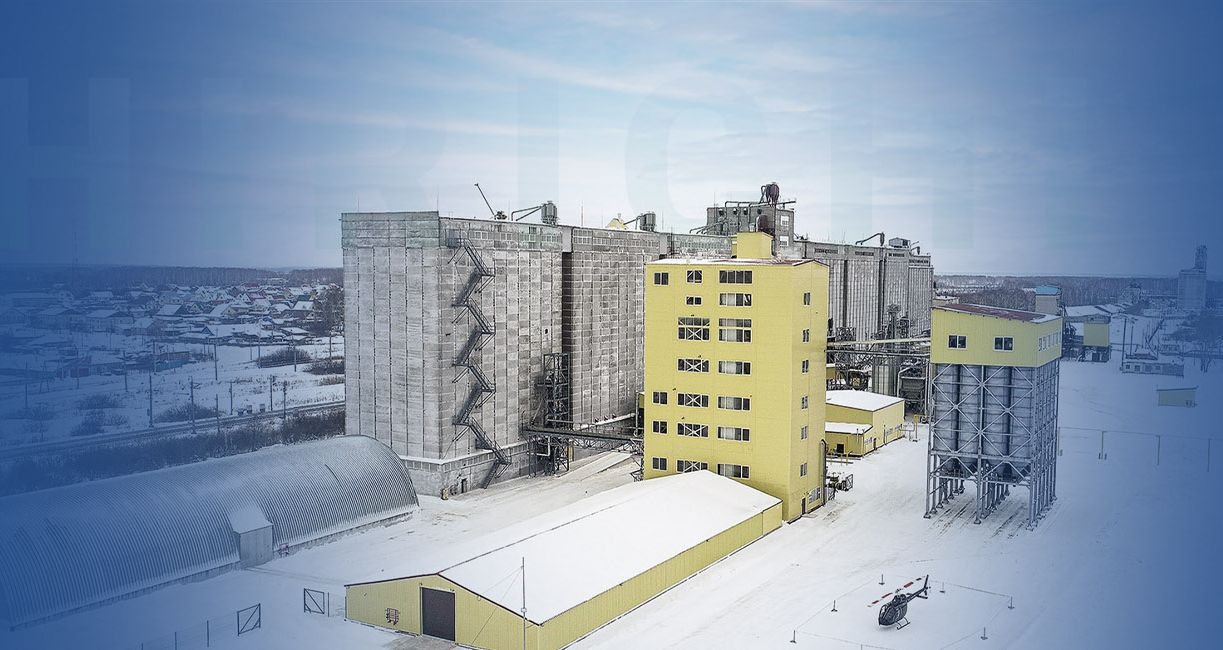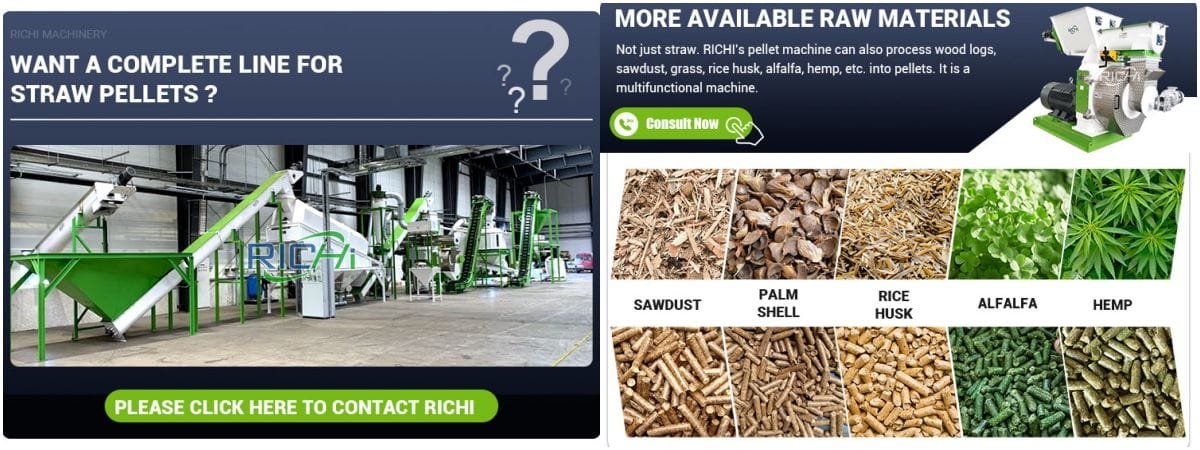Building a 20 tons per hour (t/h) commercial feed mill is a significant investment that requires careful planning and budgeting. The total cost can vary widely based on factors such as location, equipment quality, level of automation, and local labor costs. This article provides a detailed breakdown of the investment needed to establish a 20t/h feed mill, covering initial capital expenditure, ongoing operational costs, and other ancillary expenses.
Initial Capital Expenditure
1. Equipment Costs
The core of any feed mill is the machinery used for processing raw materials into feed. For a 20t/h feed mill, the primary equipment includes:
- Feed Grinder: Essential for grinding raw materials into smaller particles suitable for mixing and pelletizing. A high-capacity grinder can cost between $50,000 and $100,000.
- Feed Mixer: Ensures a uniform mix of different feed ingredients. A high-efficiency mixer can range from $30,000 to $80,000.
- Pellet Mill: The heart of the production line, where the actual pelletizing takes place. High-capacity pellet mills can cost between $150,000 and $300,000.
- Cooler: Cools down the hot pellets to ambient temperature. A counter-flow cooler can cost between $20,000 and $50,000.
- Screener: Removes fines and ensures uniform pellet size. A rotary screener can cost between $10,000 and $30,000.
- Packaging Machine: Automates the packing of finished pellets. Packaging systems can range from $20,000 to $50,000.
In total, the cost of the main equipment for a 20t/h feed mill can range from $300,000 to $600,000.
2. Construction Costs
Building the physical infrastructure to house the feed mill is another major expense. This includes:
- Land Purchase or Lease: The cost of acquiring land suitable for industrial use. This can vary widely based on location but typically ranges from $50,000 to $200,000.
- Building Construction: Costs associated with constructing the plant, including foundations, walls, roofing, and flooring. For a 20t/h feed mill, construction costs can range from $500,000 to $1,500,000.
- Utilities Installation: Setting up essential utilities like water, electricity, and gas. Utility installation costs can range from $50,000 to $200,000.
In total, construction costs can range from $600,000 to $1,900,000.
3. Installation and Commissioning
Once the equipment is purchased and the building is constructed, the next step is installation and commissioning. This involves:
- Equipment Installation: Professional installation of all machinery to ensure proper functioning. Installation costs can range from $50,000 to $150,000.
- System Integration: Integrating different components of the production line to work seamlessly together. This can cost between $20,000 and $50,000.
- Testing and Calibration: Ensuring that all equipment operates correctly and efficiently. This can cost between $10,000 and $30,000.
In total, installation and commissioning costs can range from $80,000 to $230,000.
Ongoing Operational Costs
1. Raw Material Costs
The primary raw materials for feed production include grains, oilseeds, and other agricultural by-products. The cost of raw materials can fluctuate based on market conditions, seasonality, and geographic location. For a 20t/h feed mill, raw material costs can range from $200,000 to $400,000 per month.
2. Labor Costs
Operating a commercial feed mill requires skilled labor for various roles, including machine operators, maintenance technicians, quality control personnel, and administrative staff. Labor costs will vary based on local wage rates and the number of employees required. Monthly labor costs can range from $30,000 to $100,000.
3. Energy Costs
Feed production is energy-intensive, requiring significant electricity and possibly other energy sources like natural gas or diesel. Energy costs will depend on local utility rates and the efficiency of the equipment. Monthly energy costs can range from $20,000 to $50,000.
4. Maintenance and Repairs
Regular maintenance is essential to keep the production line running smoothly and to prevent costly breakdowns. This includes routine inspections, part replacements, and emergency repairs. Annual maintenance costs can range from $50,000 to $200,000.
Related post: https://www.richipelletmachine.com/feed-pellet-production-line/
Ancillary Expenses
1. Transportation and Logistics
Transporting raw materials to the plant and finished products to customers involves logistics costs. This includes fuel, vehicle maintenance, and possibly third-party logistics services. Monthly transportation costs can range from $10,000 to $50,000.
2. Marketing and Sales
To successfully sell the produced feed, you will need to invest in marketing and sales efforts. This includes advertising, sales personnel, and promotional activities. Annual marketing and sales costs can range from $20,000 to $100,000.
3. Regulatory Compliance
Compliance with local, regional, and national regulations is essential. This includes obtaining necessary permits, adhering to environmental regulations, and ensuring workplace safety standards. Compliance costs can vary widely but typically range from $10,000 to $50,000 annually.
Total Estimated Costs
Summarizing the costs, the total investment required to start a 20t/h commercial feed mill can be broken down as follows:
- Initial Capital Expenditure: $980,000 – $2,730,000
- Equipment: $300,000 – $600,000
- Construction: $600,000 – $1,900,000
- Installation and Commissioning: $80,000 – $230,000
- Operational Costs (Annual): $3,240,000 – $6,600,000
- Raw Materials: $2,400,000 – $4,800,000
- Labor: $360,000 – $1,200,000
- Energy: $240,000 – $600,000
- Maintenance: $50,000 – $200,000
- Transportation: $120,000 – $600,000
- Marketing and Sales: $20,000 – $100,000
- Regulatory Compliance: $10,000 – $50,000
Conclusion
Building a 20t/h commercial feed mill is a substantial investment that requires careful planning and consideration of various costs. The initial capital expenditure for equipment, construction, and installation can range from $980,000 to $2,730,000.
Additionally, annual operational costs can range from $3,240,000 to $6,600,000, depending on factors such as raw material prices, labor costs, energy consumption, and maintenance needs.
To ensure the success of such a project, it is crucial to conduct a thorough feasibility study, secure adequate funding, and work with experienced professionals in the industry. By understanding the full scope of costs involved, you can make informed decisions and develop a sustainable business model for your feed mill. Proper planning and investment in high-quality equipment and infrastructure will lead to efficient operations and long-term profitability.










